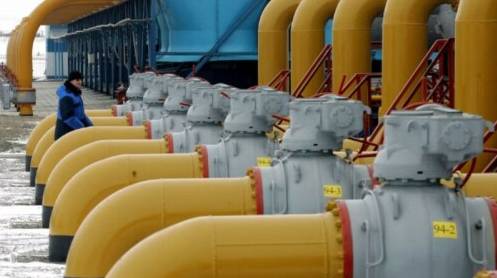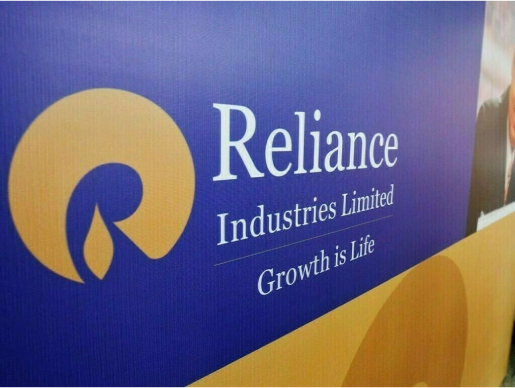ISLAMABAD:
Competition and privatisation are the buzz words for economic growth and modernisation.
Privatisation has had a chequered history in Pakistan. Lack of a developed private sector has prevented privatisation and vice versa. The elite, bureaucracy and their cronies and relatives have found relatively well-paid jobs in the public sector and have been opposing privatisation.
Competition has been hijacked by collusive business mafia creating fear among people and policymakers of markets and competition. On the other hand, the regulated and control regime is bursting at its seams due to growth and expansion, and the associated inefficiencies.
The Cabinet Committee on Energy (CCOE) has directed the Petroleum Division to work on a competitive gas market regime. Apparently, the gas sector restructuring mainly consisting of the merger of SNGPL and SSGC transmission components into one operator and establishing smaller and separate provincial gas distribution companies has been postponed for a later date.
This is a classical scheme which has been applied throughout the world and in both power and gas sectors. In the power sector, this scheme has already been implemented whereby Wapda monolith has been divided into Gencos, independent power producers (IPPs), distribution companies (DISCOs), National Transmission and Despatch Company (NTDC), Central Power Purchasing Agency (CPPA), National Power Control Centre (NPCC), etc.
The following step of market liberalisation has been initiated recently. Under the new thinking, market liberalisation has been proposed before restructuring and privatisation, which might have cost one full decade or slightly less, hence the new initiative.
We will discuss competitive market issues, especially with respect to the energy sector. It has four sub-sectors – electricity, oil, gas and liquefied petroleum gas (LPG). We will focus on the gas sub-sector.
There is a lot of fanfare going on these days on competition in the electricity sector under the title of Competitive Trading Bilateral Contract Market (CTBCM). It is, however, beset by the legacy take-or-pay contracts of 50,000 megawatts, excess capacity and mounting circular debt, which means that any meaningful progress cannot come before 2030.
Challenges to deal with
Gas sector problems are much lesser in size. Take-or-pay contracts have a comparatively smaller share and circular debt is one-tenth of that in the power sector. There are two gas companies and two gas terminals to deal with along with one Qatar gas contract which will be renegotiable by 2030.
Common problems of gas and power sectors are theft and losses, low tariff and high cost of supplies. Losses are partly due to corruption and partly due to poverty.
In Pakistan, domestic gas prices are much lower than those in India – literally, there is no gas subsidy. As a result, the gas market of household sector in India, in per capita terms, is much smaller.
Take-or-pay contracts in the gas sector are much more heavily entrenched worldwide, and only lately, spot market has been increasing its market share, both in Pakistan and abroad. Take-or-pay contracts in the power sector are very rare in developed countries while almost 100% of Pakistan’s power market is under take or pay.
In the power sector, take-or-pay contracts are controlled or owned by one agency called the CPPA-Guarantee, which has both merits and demerits.
In the gas sector, almost all contracts are bilateral. Engro LNG terminal is tied with SSGC, Pakistan GasPort Limited (PGPL) terminal is tied with Pakistan LNG Terminals Limited (PLTL), gas production is tied with two gas distribution companies and Qatar LNG contracts are tied with SSGC and SNGPL, although there are still legal lacunae there.
SSGC and SNGPL have supply contracts with power, fertiliser and CNG pumps. New LNG terminals are coming up – under market arrangement with no offtake or sovereign guarantees – and third-party access (TPA) rules are being introduced in the gas sector.
TPA appears to be the first step towards a gas market. Gas companies are opposing TPA. Why?
They are tied under long-term supply contracts like that for expensive Qatar gas and if under TPA their existing customers are taken away by new market comers, importers, traders and suppliers, where will they sell. They fear that all they would be left with will be the non-paying domestic sector.
Unified gas firm
Let me venture a rash solution – all contractual liabilities are transferred to a unified gas company, ala CPPA-G in the power sector, preferably under a weighted average cost of gas (WACOG) regime. There is gas shortage and thus such contractual changes may not put any risk on the unified gas company.
When gas distribution companies do not have contractual liabilities, they may not object to TPA and other market liberalisation steps. After all, their income comes from return on assets and not from gas sales.
Relieved of supply contracts, they shouldn’t mind the emergence of new traders and parties demanding pipeline space and may be stealing customers.
Eventually, gas DISCOs would have to be reserved for the low tariff domestic sector (and subsidised export sector) and the cheaper locally produced gas. This may release more than 50% of their pipeline capacity to TPA and open market.
As mentioned earlier, their income would come from return on assets and the transport charge of TPA volume. What difference does it make whether gas DISCOs earn their revenue by transporting and selling their own gas or TPA market gas.
In order to be able to subsidise low paying domestic consumers, the government may levy a charge on the DISCOs’ TPA income.
All other sectors including power, fertiliser and CNG would have to come under the spot LNG system while a Qatar gas surcharge may be levied on this market to finance the deficit created by Qatar gas. This anomaly would last till 2030 only when the Qatar contract will be renegotiated under the market price terms.
The positive aspect is that gas DISCOs may not have to be privatised and no major surgeries of mergers and divisions may have to be made as a prerequisite. These may be done eventually as circumstances may allow.
A gas exchange may have to be established. India has recently set up a gas exchange with 12 members. Gas (only LNG) is traded electronically among two-sided buyers and sellers’ bids.
The matching process is much simpler than that of electricity exchanges. Both spot and forward trade is allowed. A single market clearing price is declared at the end of the day. Bids remain confidential until the announcement of the market clearing price. Seller may include or exclude transmission charge depending on the buyers’ choice and licence conditions.
In June 2020, the market price was $4.05 per mmbtu as opposed to the local regulated price of around $3. The gas exchange may facilitate and bring forth a domestic gas pricing framework.
Local gas prices are low, both in Pakistan and India. It is a double-edged sword as it enables supply of cheap gas enabling lower tariff for the poor and on the other hand lower prices discourage local gas supplies and investments.
Pakistan has about 60 entries in merit order of power sector consuming gas. Actual may be 40 or so. Another 50 buyers should be expected from the industrial sector. And possibly 10 traders/ aggregators from CNG sector may emerge supplying to more than 3,000 CNG pumps.
There are two LNG terminals currently and another two may be available in the near future. It is to be seen whether these would be under regulated or market regime. Thus, prospects of a deep and liquid market seem to be bright.
An international joint venture with a gas exchange company may reduce the learning lead time. There is a stock market community in Pakistan which may be enthusiastic players in a gas market exchange.





